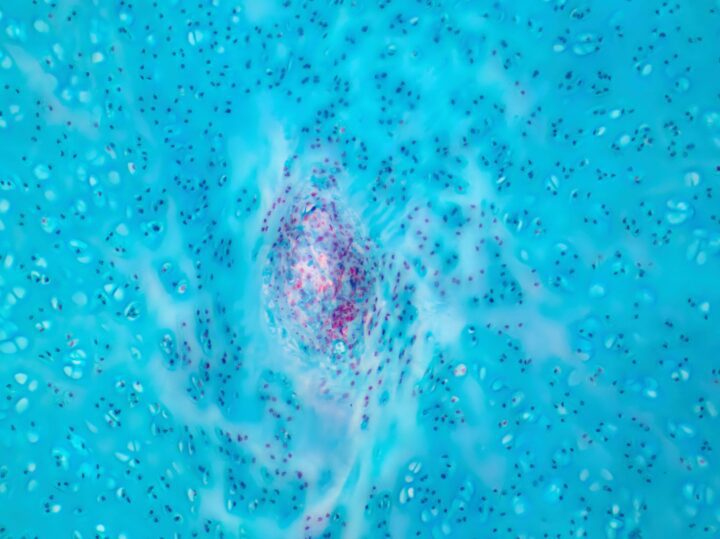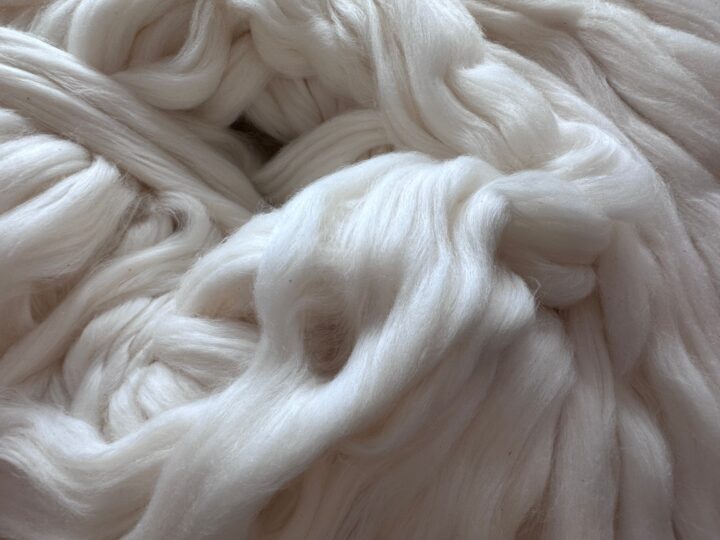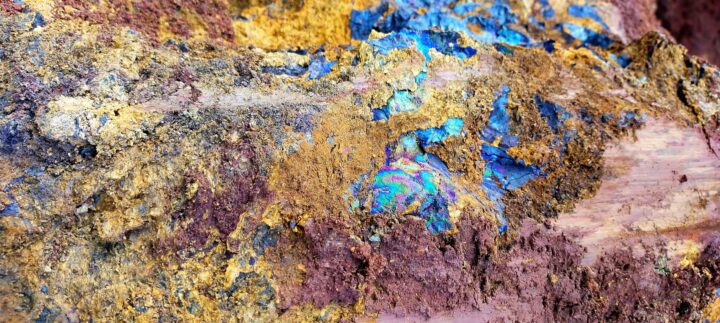Immersion Rainshower technology from Moen uses Fibonacci-inspired, spiral-shaped nozzle patterns to provide optimal water pressure while using less water.
Benefits
- Reduced water usage
- Reduced costs
Applications
- Shower heads
- Water supply
- Spray nozzles
UN Sustainable Development Goals Addressed
-

Goal 11: Sustainable Cities & Communities
-

Goal 12: Responsible Production & Consumption
The Challenge
Showers are a large part of human water consumption, and finding ways to decrease water use helps to save resources and reduce energy use.
Innovation Details
The Immersion Rainshower Technology Showerhead uses small water nozzles arranged in the Fibonacci spiral to provide the most efficient spray coverage while maintaining water pressure.

Biological Model
Plants such as sunflowers must maximize the number of seeds they can pack into each plant, to increase their chances of reproductive success. The seed heads of sunflowers optimize the packing of seeds by arranging them in Fibonacci spirals. This allows them to fit the largest number of seeds into a given area.





